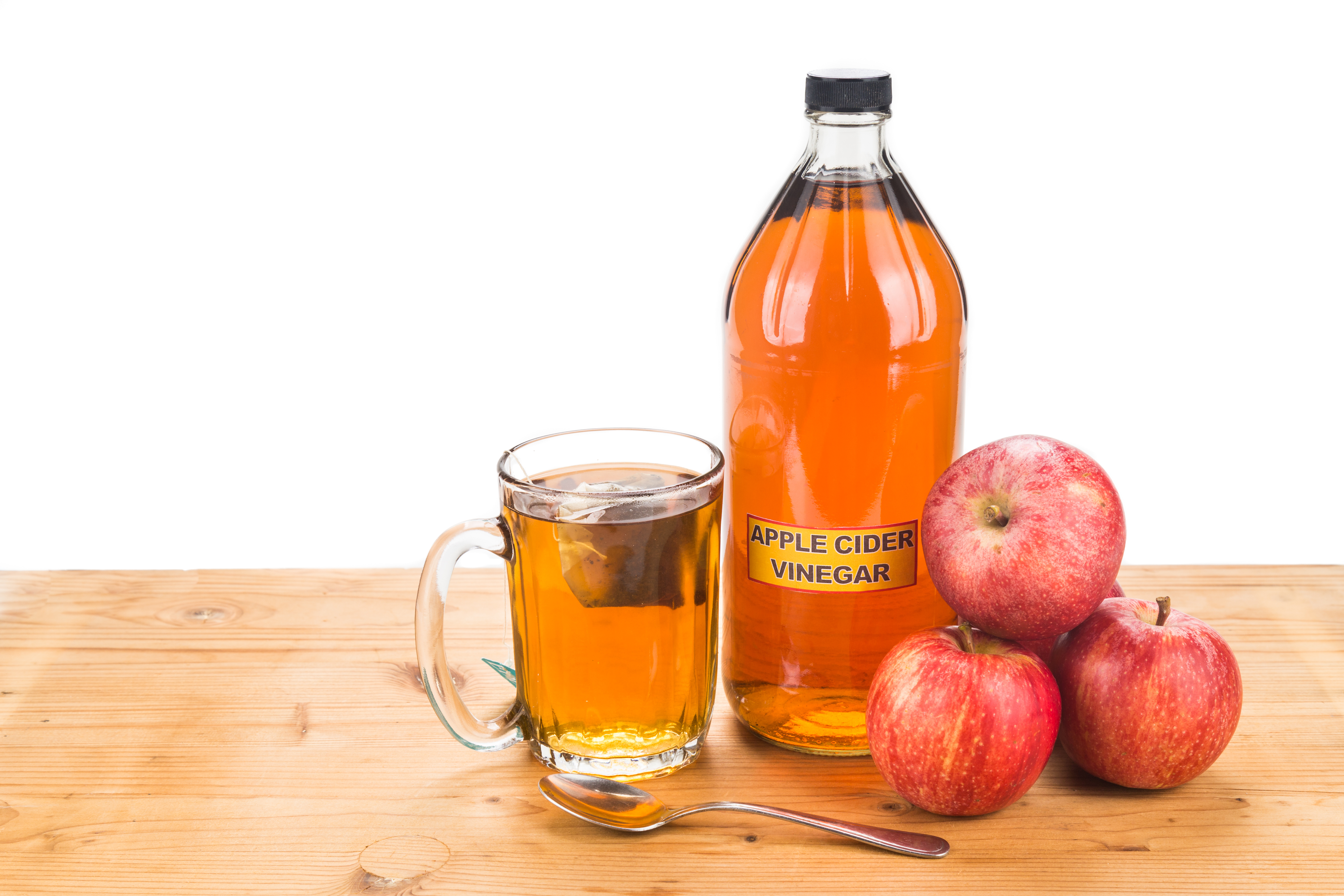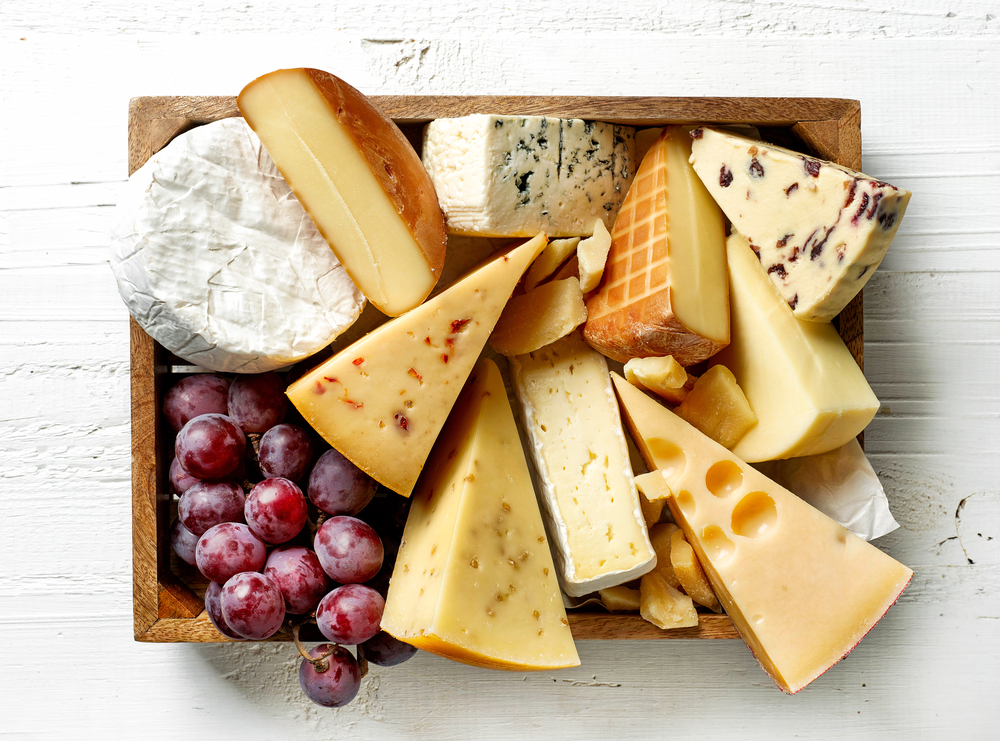Cooking Tips For Beginners
So you’ve been watching all these super fun food videos on Facebook for the past year, and you’ve finally decided to take the plunge into cooking. No more frozen waffles for dinner, only gourmet food from now on! But hold your horses. Before you get started, there are some really important tips for you to take into account before you pull out the old fry pan. With these small adjustments, you can take your average cooking skills up a notch or two! Like with everything, it’s a skill that’s learned and developed over time, but with these tricks, it’s like a cheat-sheet to successful meals, night after night.
1. Make A Weekly Menu
This may seem like something you would do in a dream world, but it really doesn’t take a lot of time. If you take fifteen minutes each week to sit down and plan out your meal for each night of the week so that you won’t spend that extra time figuring it out when you get home from work and you’re too tired to think.
When planning your menu, try to incorporate similar ingredients in each meal so you can use the packages of food you pick up at the grocery store more than once in the week. That way, you won’t be packing your fridge tight with foods that you will only use a small portion of for one meal.
2. Create a Shopping List
Make your shopping list at the same time as your meal planning. This will ensure that you take inventory of what you already have, and then buy only what you need. Not only is this key to making sure your meals are executed well, but that you don’t waste money on items you may already have in your cupboard!
The goal is to make your shopping list as cohesive as possible and to avoid making it a mile long with ingredients needed for your meals. For example, if you have a buddha bowl for supper one night, use the quinoa again the next night for a salad.
3. Thaw Seafood Properly
Many people thinking microwaving their frozen seafood is the best way to thaw their supper. Please don’t do it! Not only will you be zapping some of the nutrients out of the meat, but you will also make your seafood limp and – gross.
Fill your kitchen sink with cold water and soak your seafood for ten minutes. This will thaw out your seafood without sucking the life out of it, thus ensuring it is fresh and flavorful.
4. Chop Veggies Ahead Of Time
Too tired to do a ton of cooking after work? When you have half an hour on Saturday or Sunday, take all the veggies out of your fridge and chop them up for your meals later in the week.
With this technique, you are able to free up time during the week to rest, while still enjoying a homecooked meal. Just toss your veggies into the pan or oven and wait till the buzzer rings!
5. Don’t Walk Away
It is so easy to be guilty of this! Someone knocks on your door, you start texting a friend, your mom calls and you just walk out of the kitchen into the living room to sit down and chat. DON’T DO IT.
Leaving your food unattended is not only a fire hazard but it also makes you powerless to the outcome of your supper. If you end up with a burnt or overcooked end result, you’ve wasted a lot of food!
6. Purchase Spice Mixes
Spices can be intimidating to select when you are standing in the cooking aisle at the grocery store and there are so many options! Instead of randomly selecting spices you may never use, try picking up spice mixes instead that can help guide your cooking.
For example, pick up some Italian Seasoning, Adobo Seasoning, and Herbes De Provence. When you’re roasting a chicken, use your Herbes De Provence, and when you’re having Mexican food, go crazy with the Adobo!
7. Don’t Cook Meat From Frozen
There are so many things that are wrong with cooking meat from frozen, where do we even start? By trying to expedite the cooking process you’re likely either going to cook an uneven meat, which is dangerous. Or, you’ll thaw it out in the microwave first causing it to really kill a lot of the flavor and juices from the meat.
If you actually enjoy a quality meal, pull out your meat from the freezer in the morning and place in the fridge for the day. It should be ready to go by the time you get home from work.
8. Make Your Veggies Vibrant
Did you know that the tastiest way to eat your veggies is when they are in their most colorful state? For example, broccoli looks like a dull green when you first purchase it, but after it’s steamed, it becomes a vibrant green color. If you oversteam it, it starts losing that brightness and returns back to a more dull, limp shade of green.
When you’re serving up veggies, always think about the best way to cook them so they are their most vibrant color! Your guests will appreciate the flavor and your plates will look worth of a food-gram photo.
9. Cook Low and Slow
Calm down. We know you’re hungry but cooking things on high will only result in you resorting to that lame instant mac and cheese after your meal goes up in flames, literally.
Cooking your foods at a lower temperature ensure that the food is being cooked all the way through without burning the exterior and undercooking the interior of your meal. If you are in a huge rush, opt for a quicker recipe dinner or try a tool like the Instant Pot, but in all other circumstances – low and slow is the way to go.
10. Use Sharp Knives
Sharp knives are actually less dangerous than dull knives. If that doesn’t make sense to you, don’t worry, it’s a little counterintuitive.
Sharp knives slice your food accurately and swiftly, whereas dull knives tend to slip and cause quick, sudden movements which can result in a sliced hand or finger. Always make sure your fingers are not in the way of the sharp knife and that you’re always cutting away from yourself.
11. Let Your Meat Rest
Getting the meat while it’s hot may seem like a straightforward concept when you’re cooking or eating, but actually, you should let your meat rest before eating. Why? Letting meat rest ensures that when you cut it, less juice is lost which makes your meat have a fuller flavor and more moisture as well.
For chicken and other oven-cooked meats, let it rest for 10 20 minutes. If you are barbecuing a steak or pork chops, let the meat rest for 3-5 minutes.
12. Master Your Signature Dish
When all else fails, and you’re stuck hosting a dinner party, you must have one dish that you have mastered. A foolproof, crowd-pleasing recipe that will bring smiles to everyone’s faces.
Some good dishes to master when you’re first starting out is a good stir-fry or pasta dish. They’re simple, but taste amazing and look impressive as well!
13. Heat Up Your Pan First
Adding food to a cold pan never results in anything positive. Your pan will heat unevenly, and start cooking your food unevenly as well.
Place your pan on the stove, turn on the element to the desired temperature and let the pan heat up. Then, add your food and cook!
14. Fixing Too Salty vs. Too Sweet
Cooking accidents happen all the time, but it’s how you deal with those accidents that can make or break your masterpiece. It’s easy to add too much salt or too much sugar to a recipe. You’re worried it won’t taste like anything so you go a little salt or sugar crazy and then regret it later.
To correct this, if you have too much salt in your meal, add some sugar to counteract the salty flavor. Likewise, if you’ve made a meal too sweet, add some salt to reverse of the sweetness!
15. Add Your Spicy Heat Last
Adding a little heat to your dish is a fantastic way to take your meal from bland to exciting. What most people don’t realize is that spice gets hotter and hotter the longer it’s cooked.
If you are looking for a nice, livable level of spice and heat in your dish, add the spice at the end of cooking so that it doesn’t overtake the entire meal.
16. Always Taste Test
Always, always, always test your meal! If you don’t like it, chances are, neither will your guests or family. If it takes a little more time to get your recipe right, don’t worry. Everyone will appreciate the extra effort to get the right flavor.
Remember, you can always add more to your dish, but you can’t reverse it. Start by adding small amounts of each ingredient and add as desired until your taste test is successful.
17. Have Garlic On Hand
Looking for an easy way to bring your meal to that professional tasting level? Garlic is the secret ingredient (most of the time) to achieve a complex and memorable flavor in your meal.
Grating your garlic is fantastic for sauces and on bread, but if you are cooking or frying garlic, cut thin slices of garlic to prevent it from burning during the cooking process, and add it later in the cooking process as it takes just minutes to add that flavor to your dish, and cook through fully.
18. Follow The Instructions
Cookbooks are not just for inspiration, they’re actually an instructional guide for how to make a successful meal. Tried and tested! Take it seriously and follow the directions!
Cooking is more forgiving than baking because it is less about chemistry and more about flavor, so don’t be discouraged if you make a mistake. To be confident in the kitchen, read then re-read the recipe before you start cooking so that you’ll be able to flow through the steps with ease.
19. Cook Pasta Slightly Underdone
Have you heard the Italian term “al dente” before? It’s referencing to the state pasta should be in when you strain it from the boiling water it’s cooking in. When you bite into an “al dente” noodle you will see have a softened exterior and a very small white hard piece at the center of the noodle. It should be firm to bite (not crunchy), but still soft.
If you remove the noodles from the heat at the point of “al-dente”, you will ensure that you won’t have soggy pasta. Pasta continues to cook through even after it’s removed from the heat, so by the time you dig in, the noodles will be perfect. Most pasta packages will often clearly state the minutes of cooking required to reach that perfect cooking point, so if you’re not sure just use the timer to create a perfect pasta.
20. Don’t Overcrowd Your Baking Dish
It’s tempting to overcrowd a baking dish when you are trying to reduce dishes and fit everything in the oven at once. The downside of this is that the food won’t be cooked evenly.
The biggest problem with this is that every forkful of food will have a different level of being cooked and as a result, a different flavor as well.







